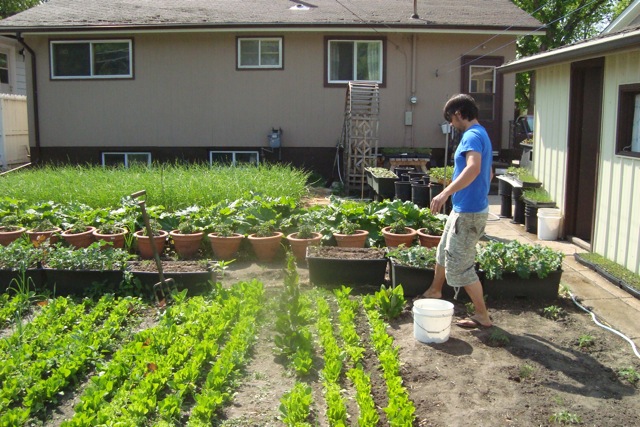
There are advantages to keeping your land base small, both when you’re starting out, and when expanding your business. That’s because a big part of your success is in controlling investment, overhead and labor.
First, there’s the acquisition of land. SPIN’s breakthrough is reducing the amount of land needed for commercial production to eliminate the need to buy much, if any, land. This means buying into a new value proposition for farming, which for centuries has been based on land.
Land needs to be made operational. A sizeable land base means more expenditure in breaking the land, conditioning the soil, getting it set up for some type of watering system and possibly fencing. Expensive equipment may be needed to work it. Extensive labor is needed to maintain it.
Labor is a farm’s single biggest expense. SPIN-Farming is an owner/operated model to minimize the need for outside labor. It carries on the traditional practice of tapping into an informal network of family and friends to fulfill peak labor needs.
When you are ready to expand, you could buy more land, which means a capital investment. Or you could rent more land, but that requires additional cost and investment.
The easier and most cost-effective way to achieve your revenue target without more land is to increase the production from your existing plots by practicing more relay cropping. Relay cropping is typically underutilized, even by SPIN farmers who understand the benefits of it. Planting before and after crops in effect expands your land base, with putting more physical land into production. Only when you have achieved your full relay potential should you think about a land base expansion.
FIND OUT HOW TO START AND OPERATE A FARM BUSINESS WITHOUT OWNING MUCH, OR ANY, LAND HERE.